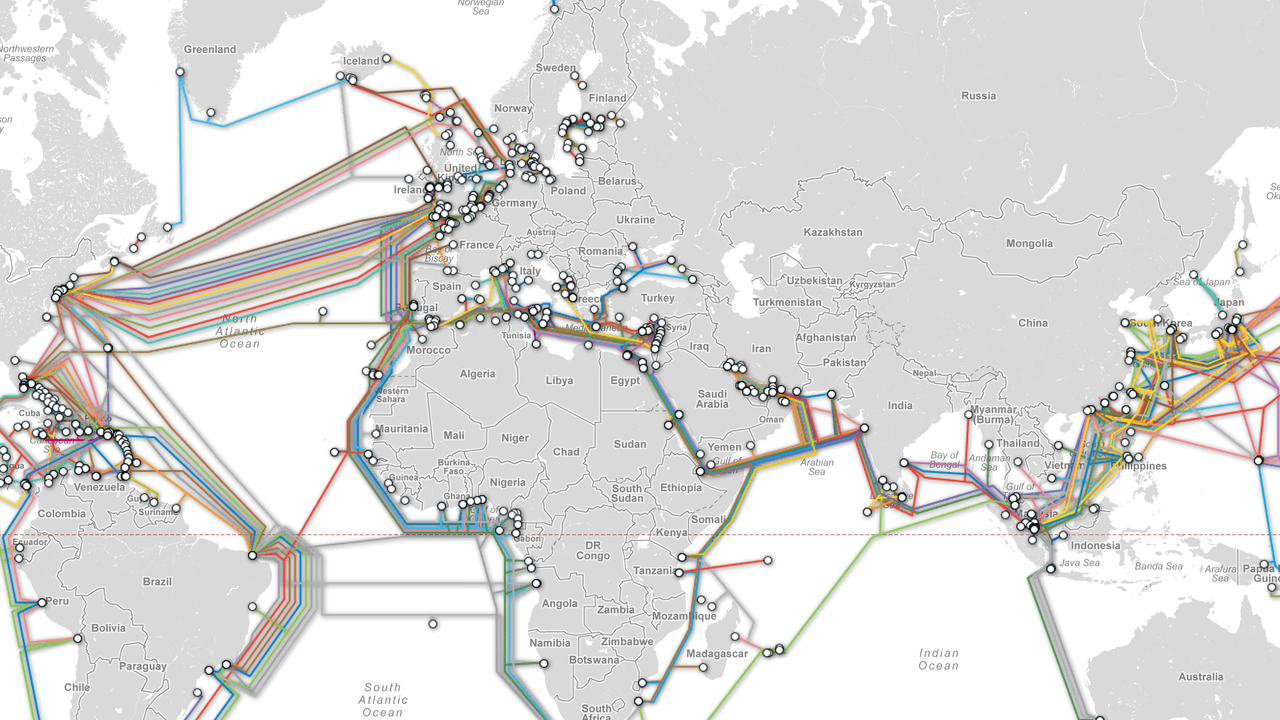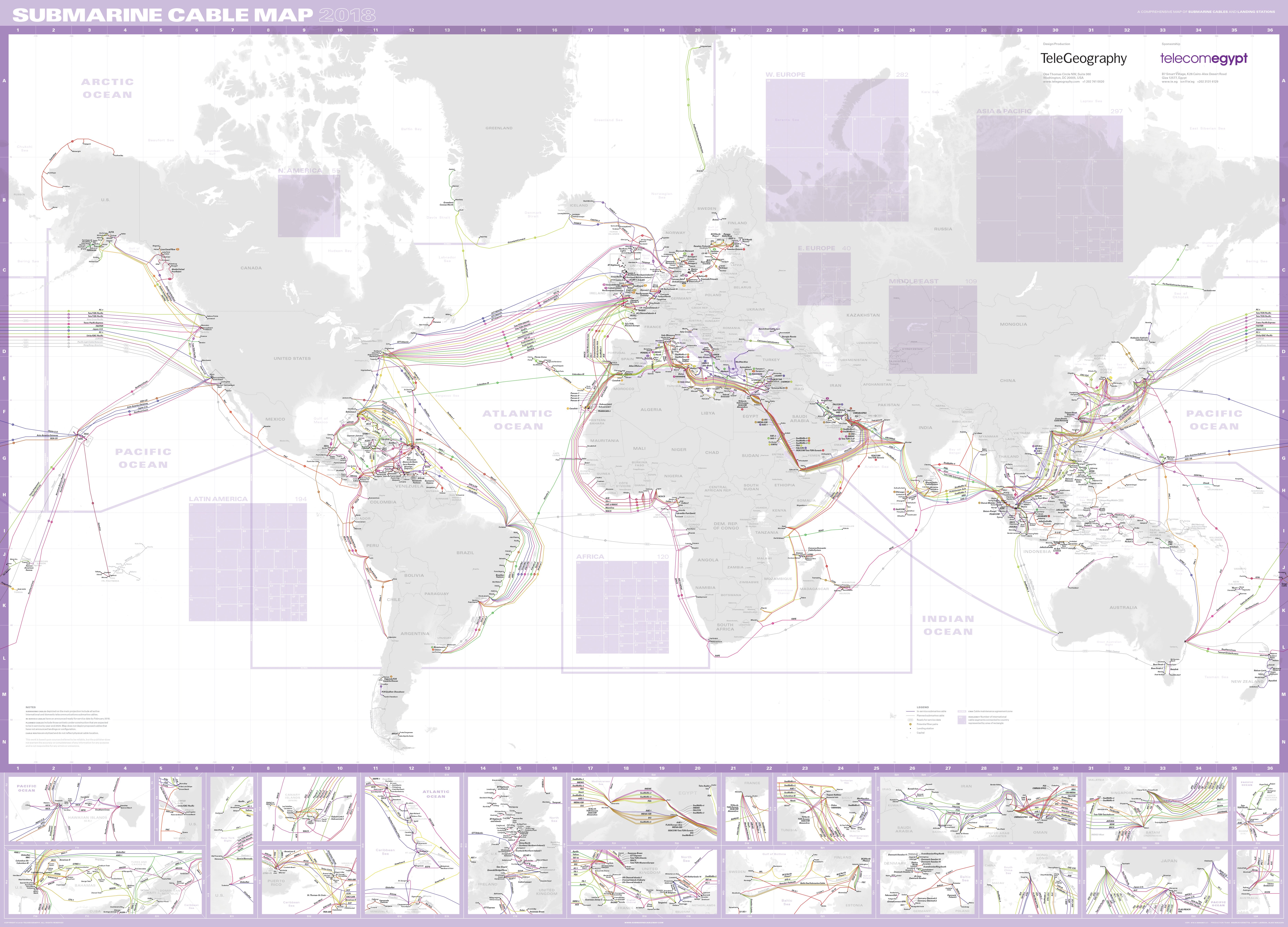


Submarine cable systems are a core component of this. It has enabled payment, infrastructure, international calling and networks through subsidiaries.Īdvanced infrastructure is at the heart of Airtel’s actions and success story. Airtel’s Role in the Digital RevolutionĪs a global communications solutions provider in 17 countries across South Asia and Africa, Airtel significantly accelerates IP transit and powers the Internet age. New cables are introduced, and older ones are regularly decommissioned. The undersea cable system is constantly changing and growing. The cables are owned by major telecom solution providers such as Airtel and other global telecom, tech and content companies. EMEA-to-Asia: London to Singapore, Marseilles to Mumbai.Intra-Asia: Tokyo to Singapore, Hong Kong to Singapore, Singapore to Mumbai.Trans-Pacific: Los Angeles to Tokyo, Hong Kong, Singapore, and Sydney.Some of the most important cable routes are: These regions have large amounts of data to send and receive. The major routes link Europe, Asia, and Latin American countries with North America. They may be underwater and unseen but provide essential telecom connectivity between countries.Īccording to Telegeography’s Submarine Cable Map, there are about 400 submarine cables worldwide, covering over 1.3 million kilometers. The 2021 Submarine Cable Map is available as a physical art piece or to explore as an interactive version reference.Submarine fibre-optic cables are a vital link in enabling the digital revolution. Their primary research areas include enterprise MPLS VPN, Ethernet, dedicated internet access, and international private line service providers and pricing. TeleGeography is a telecommunications market research and consulting firm that conducts in-depth research, compiles large data sets, and presents this information in online reports and databases. "The submarine cable market has never been so dynamic and we're thrilled to showcase our data and analysis on all things subsea cable. Over the last decade, we've seen content providers emerge as disruptors, ramping up investments to meet global demand for their services. "The 2021 map illustrates a market that's experiencing more deployments, with new and diverse players. TeleGeography research director Alan Mauldin says, “We're excited to launch our latest Submarine Cable Map and would like to thank Telecom Egypt for supporting it this year.

The Intra-Asian route is expected to experience the most investment, with a projected $1.6 billion in new cables to be launched. New subsea cables have been deployed across every global route grouping, with more systems expected in the coming three years. Out of these planned cables, 19 are brand new to TeleGeography's map, boasting a combined length 103,348 km. Of the 464 cables displayed in this 2021 edition of this map, 428 are active and 36 are planned. Google alone has more than 15 subsea cable investments globally.Īnother noteworthy statistic and cable fact highlighted on the map states that there are more than 1.3 million kilometres of submarine cables spanning the globe, which would wrap around Earth more than 30 times end-to-end. These companies have seen incredible demand for data center traffic, so much so that they're driving projects and route prioritisation for submarine cable systems. Unlike previous cable construction booms, content providers such as Amazon, Google, Facebook, and Microsoft are taking a more active role in the submarine cable market. Having accounted for less than 10% prior to 2012, content providers' share of total capacity surged to 66% in 2020, according to TeleGeography. The map further analyses the changing dynamics in the market and influence of new players on submarine cable investments. The map visualises 464 global cables and 1,245 landing stations, as well as major future deployments. TeleGeography has launched its 2021 Submarine Cable Map, sponsored by Telecom Egypt, which reveals the plan for more than $8 billion in cable investments over the next three years.


 0 kommentar(er)
0 kommentar(er)
